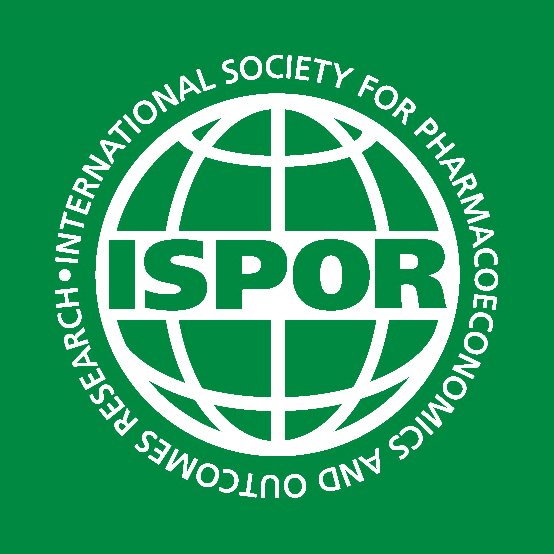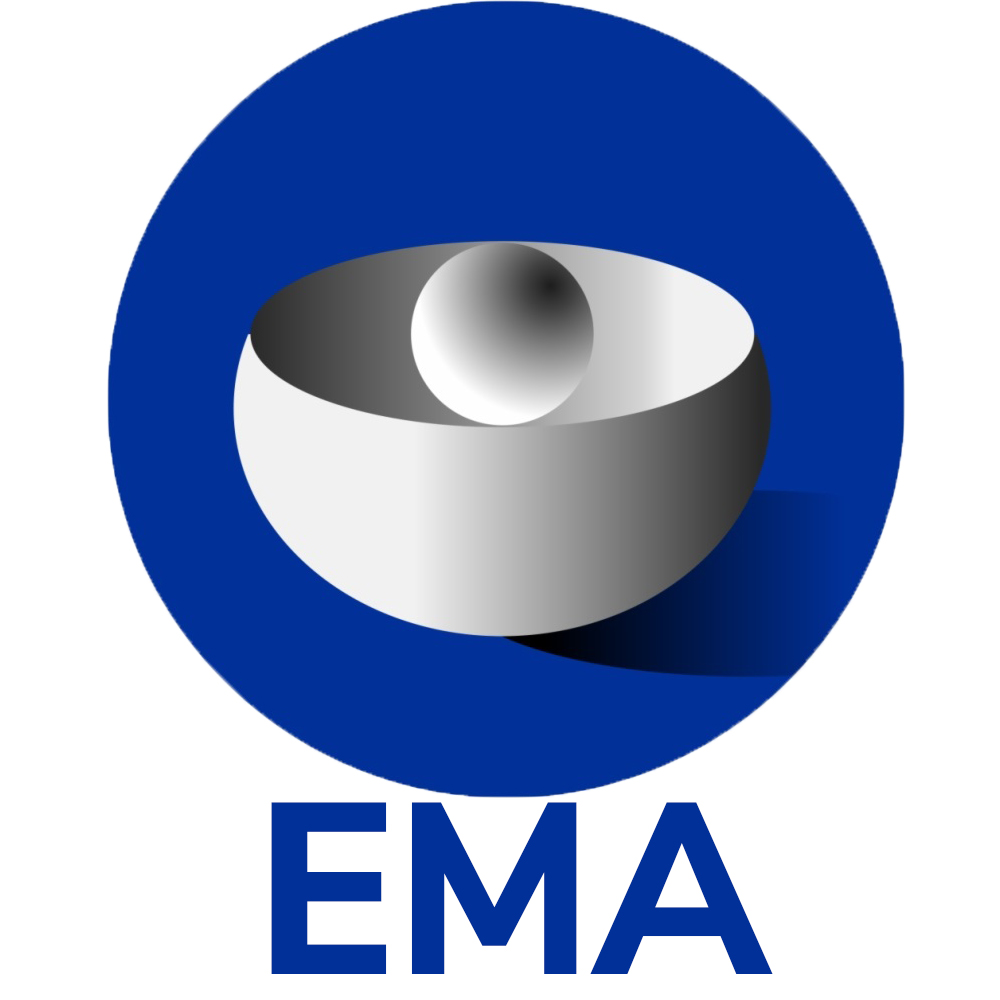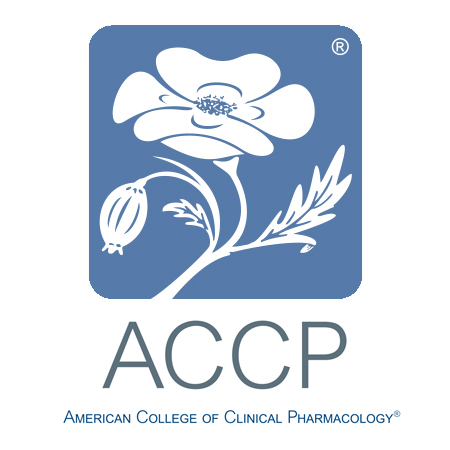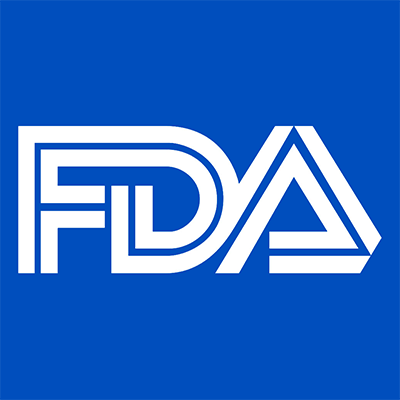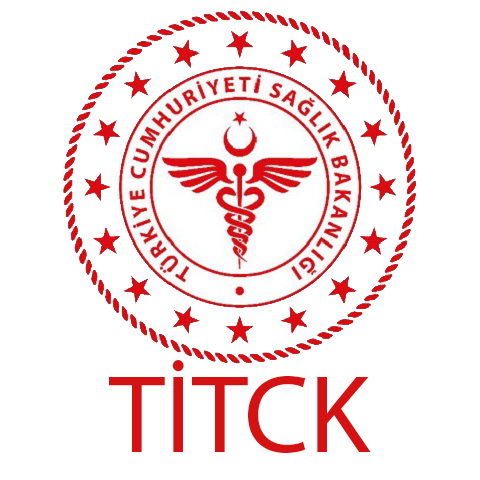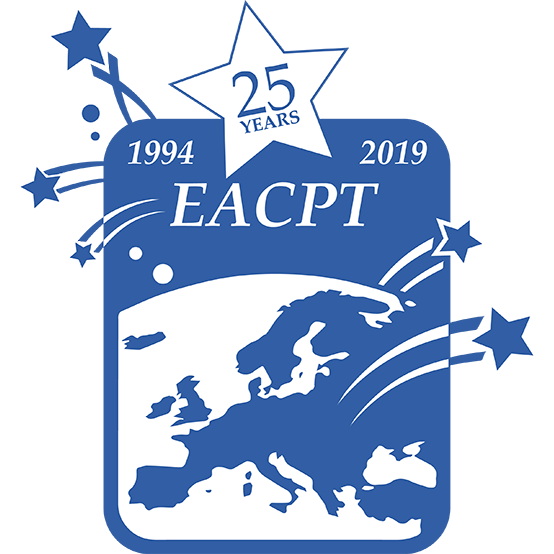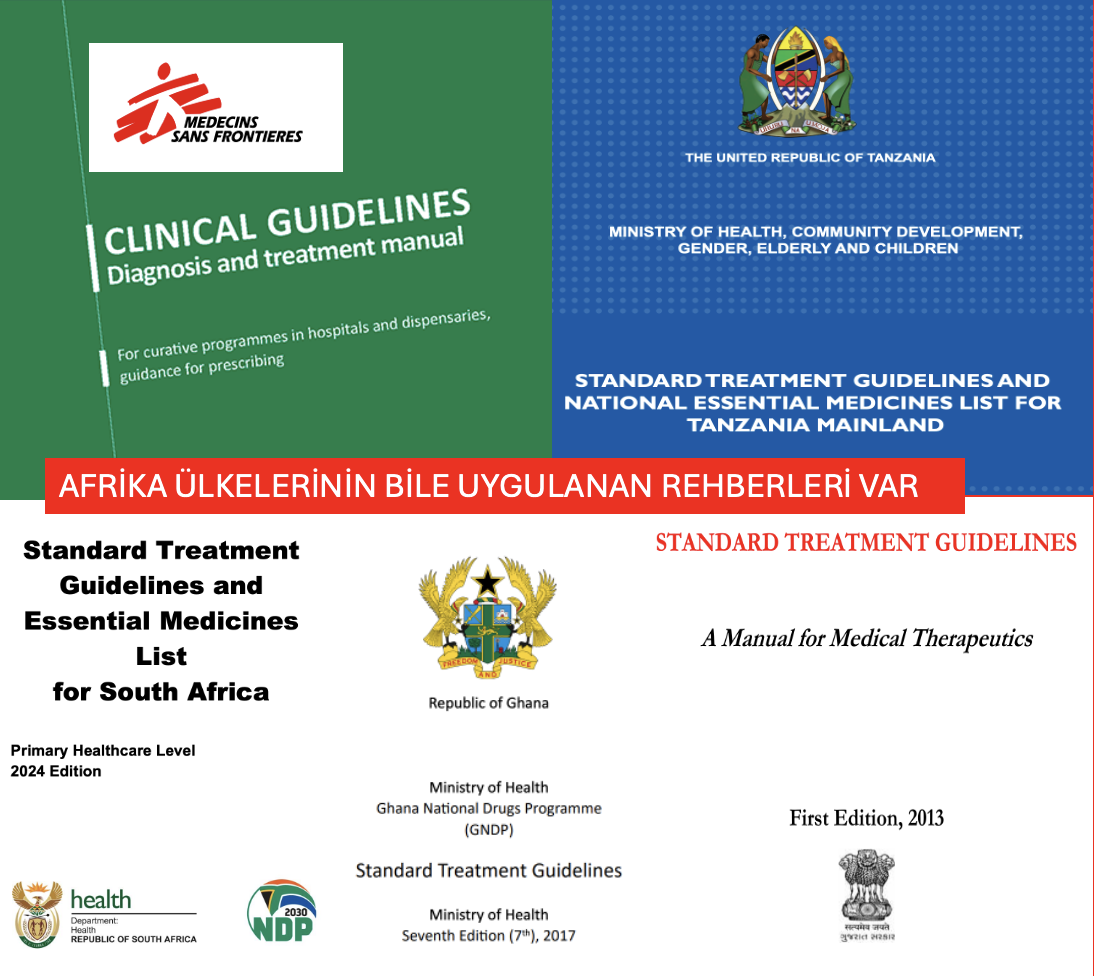
DIAGNOSIS AND TREATMENT GUIDELINES FOR THE RATIONAL USE OF MEDICINES
Prof. Dr. F. Cankat Tulunay
A treatment guideline (clinical practice guideline) is an evidence-based document that sets out the most appropriate approach to the diagnosis and treatment of a given disease or condition. A treatment guideline is a scientific roadmap for physicians and a guarantee of safe, standardized care for patients.
According to the World Health Organization (WHO):
“Evidence-based treatment guidelines are important policy tools to facilitate the appropriate prescribing of high-priced medicines. Partly due to limited HTA (health technology assessment) capacities, treatment guidelines in low-income countries (LICs) are often prepared and updated by eminent clinical opinion leaders of their own therapeutic areas. Unfortunately, this often happens without a systematic review of the existing evidence, and without taking into account local health-care priorities, economic aspects and constraints.
When several medicines are available as first-line treatment options with similar health gains for a specific patient group, patent expiry leads to price erosion that makes the generic or biosimilar more cost-effective than the others. Interestingly, unlike the rapid introduction of new treatments, in these cases therapeutic guidelines are rarely revised in LICs of the WHO European Region. As a result, physicians tend to prescribe other first-line originator medicines—partly due to sales and marketing campaigns of originator companies against generic and biosimilar medicines. This inappropriate practice can be prevented by keeping multisource pharmaceuticals as first-line therapies and reserving more expensive single-source medicines with similar health benefits for second-line use in guidelines. However, this requires prompt and regular revision of therapeutic guidelines and/or financing protocols after patent expiry of high-priced medicines, based on cost-effectiveness principles.
Once therapeutic guidelines based on evidence-based medicine and health-economic principles are available, it is also important to reduce heterogeneity in prescribing by ensuring compliance with the published guidelines. If electronic records of prescribing are available, payers’ comparisons across providers can help identify outliers and explore reasons for inappropriate prescribing. In such cases, specific policy measures should be developed to improve prescriber compliance with evidence-based guidelines.”
(WHO source: https://iris.who.int/server/api/core/bitstreams/9e1987e0-8021-47aa-b32f-5a769ad61c08/content)
Purpose of Treatment Guidelines
- Provide a standard roadmap for physicians and other health professionals
- Ensure that patients receive the safest, most effective and most cost-effective care
- Prevent the use of unnecessary or ineffective medicines and procedures
- Promote efficient use of health resources
Who Develops Treatment Guidelines?
They are prepared by national health authorities, professional societies (e.g., endocrinology, cardiology, oncology), and independent experts with no conflicts of interest with the pharmaceutical industry. If experts involved in guideline development receive speaker fees, consultancy payments, or research funding from pharmaceutical companies and such conflicts of interest are not disclosed transparently, the independence of the guideline is compromised and its value is undermined.
For example, it was revealed that many members of the 2010 U.S. cholesterol guideline committee had received funding from companies producing statins; this facilitated widespread—and in many cases unnecessary—use of statins. In the EU, the EFPIA (European Federation of Pharmaceutical Industries and Associations) sits on eight European Commission advisory groups, providing a clear lobbying channel that can influence pricing and assessment processes and ultimately push more expensive medicines.
How Are Guidelines Developed?
- Systematic review of the scientific literature and clinical studies
- Selection of the strongest evidence for diagnosis and treatment
- Review of guidelines developed and field-tested by other bodies
- Formulation of recommendations by experts based on the evidence
- Regular updates (typically every 2–5 years) as new treatments and data emerge
Examples
- Hypertension guideline: when to start therapy and which first-line drugs to choose
- Diabetes guideline: sequencing of medicines in type 2 diabetes treatment
- Cancer guidelines: which surgical, chemotherapeutic, or biologic treatments are appropriate by stage
Guidelines prioritize the most effective and cost-effective treatments, preventing unnecessary tests and the use of expensive but ineffective medicines, thereby saving resources. When guidelines prioritize generics and biosimilars after patent expiry, health systems achieve substantial savings. If guidelines are not updated, physicians may continue prescribing more expensive originator products.
If guidelines fail to consider cost-effectiveness, health systems—as with Turkey’s Social Security Institution (SGK)—can become flooded with high-priced medicines and financial sustainability is threatened. If every new drug automatically enters guidelines, the additional cost may total billions with only limited clinical benefit for patients. Proper guidelines allow low-cost, effective medicines to be used by more patients, and high-cost drugs are prescribed only when truly necessary. This improves equity of access and allocates the budget more fairly across the whole population rather than a few individuals.
Industry and Treatment Guidelines
If guidelines are shaped under industry influence, expensive medicines are promoted to earlier lines of therapy, creating rents for companies and straining public budgets. Independent, transparent, evidence-based guidelines reduce this risk.
The pharmaceutical industry will use every possible method to secure early-line placement for new, high-priced drugs—for example selective reporting of clinical trials (highlighting positive results, suppressing negative ones). Lobbying aims to place industry-linked key opinion leaders (KOLs) on committees, while sponsorship of “continuing medical education” events is used to smooth the path for inclusion.
- Rosiglitazone (Avandia): rapidly entered diabetes guidelines but was later withdrawn after cardiac risks emerged; there had been intense industry lobbying beforehand.
- COX-2 inhibitors (rofecoxib / Vioxx): promoted as NSAID alternatives before safety was fully understood; subsequently withdrawn due to serious cardiac adverse effects.
Turkish discussions on Vioxx and Celebrex:
http://www.klinikfarmakoloji.com/aci-ilac/akilli-ilaclar-akilsiz-toplum-ve-kanita-dayali-ilac-politikasi
http://www.klinikfarmakoloji.com/aci-ilac/akilli-ilaclar-akilsiz-toplum-ve-kanita-dayali-ilac-politikasi
http://www.klinikfarmakoloji.com/aci-ilac/oldun-mu-oldun-mu-simdi-mosmor-oldun-mu-sarki-sozu-askin-nur-yengi
The industry may also sow doubt about generics and biosimilars—e.g., by leveraging large promotional budgets to instill messages such as “biosimilars carry immunogenicity risks” or “generics are not as effective as originals,” accompanied by entertaining physician events and domestic/overseas congress hospitality.
For instance, after biosimilar infliximab (Remsima) was approved in Europe, it has been claimed that the originator manufacturer Janssen ran an intensive PR campaign emphasizing that “the safety of biosimilars is uncertain,” thereby contributing—allegedly—to slower guideline uptake.
Another example: when simvastatin and atorvastatin became much cheaper after patent expiry, some guidelines gave greater prominence to new (and very costly) statins.
Treatment Guidelines in Turkey
As the Turkish Clinical Pharmacology Society, we brought the need to develop treatment guidelines for primary care under the framework of rational medicine use to the agenda in 2000. Recognizing that a guideline is not something written randomly or by a single person, we first trained health professionals who would work on this task, developed a guideline-development manual, shared it with colleagues across specialties, and formed committees. Some committees’ drafts were presented to the medical community at the Clinical Pharmacology Congress in Antalya in 2001, prompting broad discussion.
Subsequently, some staff at the Hıfzıssıhha School hastily published the “Ministry of Health Diagnosis and Treatment for Primary Care” guideline in 2002. After we identified numerous errors, we formally notified the then Minister of Health Prof. Dr. Recep Akdağ. Much of the content on specific diseases had been prepared by physicians with no expertise in those areas. Following our complaint, the guideline was withdrawn and republished in 2003—this time claiming contributions from 700 people and institutions—yet it still failed to meet expectations.
TUKMOS (Core Curriculum Development for Specialty Training) has produced curricula and guideline proposals with specialty societies. The Turkish Society of Cardiology (TKD) provides guidelines for hypertension, coronary artery disease, heart failure, and arrhythmias; the Turkish Society of Endocrinology and Metabolism (TEMD) publishes diagnosis-treatment guidelines for diabetes and endocrine diseases; the Turkish Society of Hematology, Oncology Society, and the Turkish Thoracic Society contribute specialty-specific guidelines that greatly assist physician education.
Conclusion
Diagnosis and treatment guidelines both improve patient care and reduce the use of unnecessary high-priced medicines, thereby benefiting the national economy. They restrict the use of expensive medicines—especially in primary care—and encourage the use of generics and biosimilars.
To promote generics, bioequivalence must be established. Unfortunately, it cannot be said that bioequivalence tests have been performed for every product in Turkey. Strikingly, some products with no originator anywhere in the world (especially fixed-dose combinations) can be labeled “generic” in Turkey without even bioavailability studies—a situation with no counterpart elsewhere.
Another issue is generic pricing. In most countries, generics are 20–80% cheaper than originals. In Turkey, regulations aim for lower prices for generics, yet due to the equivalence band (±5%) and discount practices, some generics can be the same price as or even more expensive than the originator; in such cases, the difference is charged to the patient. This pricing approach is unusual and not seen in Western countries or the United States.
Example Links to Selected Guidelines
- https://medicalguidelines.msf.org/sites/default/files/2025-07/guideline-170-en.pdf
- https://clinicalestablishments.mohfw.gov.in/en/standard-treatment-guidelines
- https://www.health.gov.za/wp-content/uploads/2025/07/Primary-Healthcare-Standard-Treatment-Guidelines-and-Essential-Medicines-List-8th-Edition-2024.pdf
- https://ekutuphane.saglik.gov.tr/Ekutuphane/kitaplar/tanitedavirehberi.pdf

